Airplane manufacturer Boeing could be facing even more troubling times ahead. The Federal Aviation Administration (FAA) is reportedly investigating alarming claims made by engineer Sam Salehpour related to serious flaws in the assembly of its jets.
The whistleblower’s claims were detailed in a recent exposé by The New York Times and supported by documents sent to the FAA. Salehpour’s allegations suggest that the manufacturer took shortcuts that could have led to the slew of accidents that have plagued the company since January.
The Federal Aviation Administration is investigating claims made by a Boeing engineer who says that sections of the fuselage of the 787 Dreamliner are improperly fastened together and could break apart mid-flight after thousands of trips.
The engineer, Sam Salehpour, who worked on the plane, detailed his allegations in interviews with The New York Times and in documents sent to the F.A.A. A spokesman for the agency confirmed that it was investigating the allegations but declined to comment on them.
Mr. Salehpour, whose résumé says he has worked at Boeing for more than a decade, said the problems stemmed from changes in how the enormous sections were fitted and fastened together in the assembly line. The plane’s fuselage comes in several pieces, all from different manufacturers, and they are not exactly the same shape where they fit together, he said.
Boeing conceded those manufacturing changes were made, but a spokesman for the company, Paul Lewis, said there was “no impact on durability or safe longevity of the airframe.”
Mr. Lewis said Boeing had done extensive testing on the Dreamliner and “determined that this is not an immediate safety of flight issue.”
The engineer brought his concerns to the FAA after allegedly facing retaliation from Boeing for his efforts to highlight the problems he witnessed. He told CNN, “I am doing this not because I want Boeing to fail, but because I want it to succeed and prevent crashes from happening.”
The Dreamliner is different from other aircraft because it was created to be more fuel-efficient and have a smaller carbon footprint.
The Dreamliner is a wide-body jet that is more fuel efficient than many other aircraft used for long trips, in part because of its lightweight composite construction. First delivered in 2011, the twin-aisle plane has both racked up orders for Boeing and created headaches for the company.
For years, the plane maker has dealt with a succession of issues involving the jet, including battery problems that led to the temporary grounding of 787s around the world and quality concerns that more recently caused an extended halt in deliveries.
Another whistleblower named John Barnett also raised concerns about the company’s manufacturing practices. He was found dead in his truck in South Carolina last month from a self-inflicted gunshot wound, according to the authorities.
Sen. Richard Blumenthal (D-CT), chairman of the Senate Homeland Security and Governmental Affairs Committee’s investigations subcommittee, is set to hold a hearing to discuss the matter with Salehpour on April 17. In a statement, he emphasized the need for public scrutiny, stating that “Repeated, shocking allegations about Boeing’s manufacturing failings point to an appalling absence of safety culture and practices – where profit is prioritized over everything else.”
The engineer told The Times that he was “repeatedly retaliated against for raising concerns about shortcuts he believed that Boeing was taking in joining together the pieces of the Dreamliner’s fuselage.”
His lawyer, Debra S. Katz, also discussed the alleged retaliation.
Debra S. Katz, a lawyer for Mr. Salehpour, said that her client raised his concerns with supervisors and tried to discuss them in safety meetings, but that company officials did not listen. Instead, she said that Mr. Salehpour was silenced and transferred to work on another wide-body aircraft, the 777. Mr. Salehpour said that after his transfer, he found additional problems with how Boeing was assembling the fuselage of the 777.
“This is the culture that Boeing has allowed to exist,” Ms. Katz said. “This is a culture that prioritizes production of planes and pushes them off the line even when there are serious concerns about the structural integrity of those planes and their production process.”
The problems with Boeing’s aircraft have received national attention. The situation became so pronounced that many customers have avoided flights that involve the company’s jets.
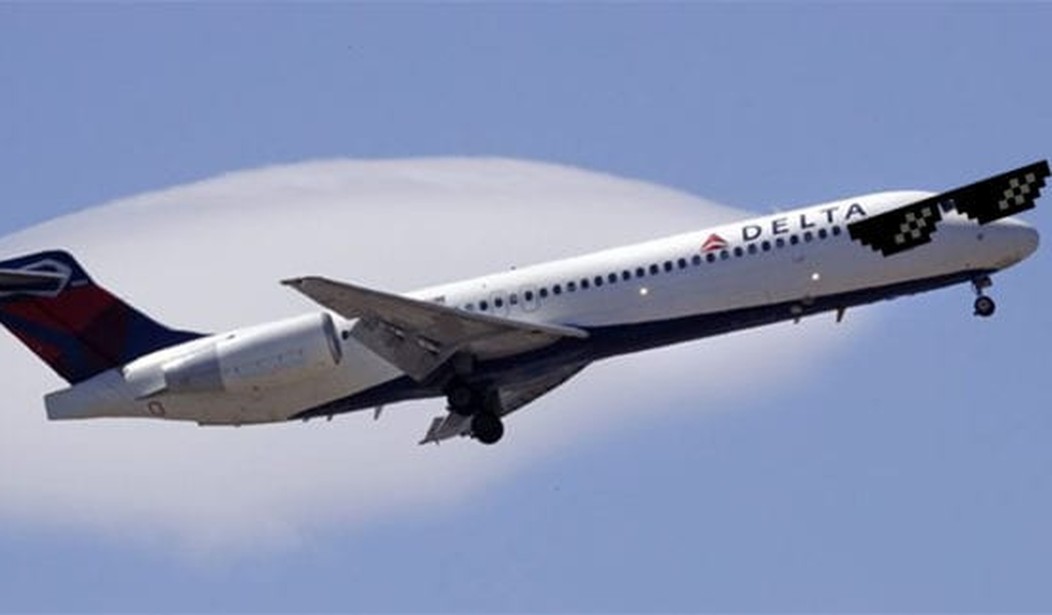
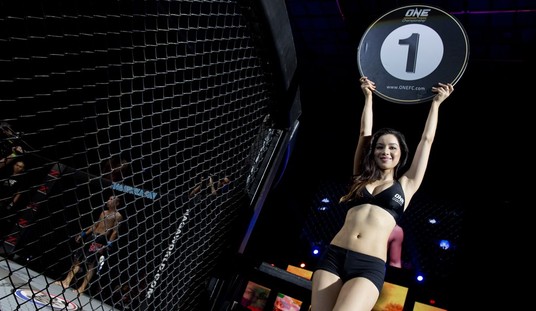
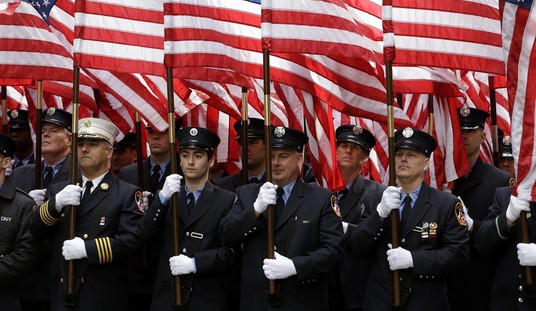



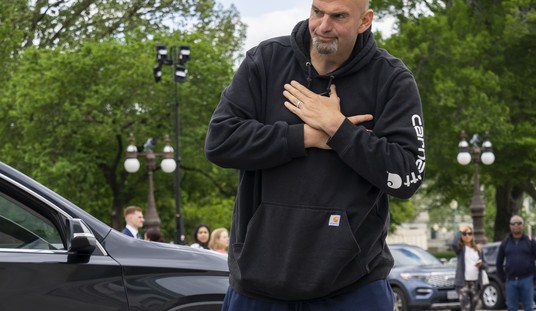




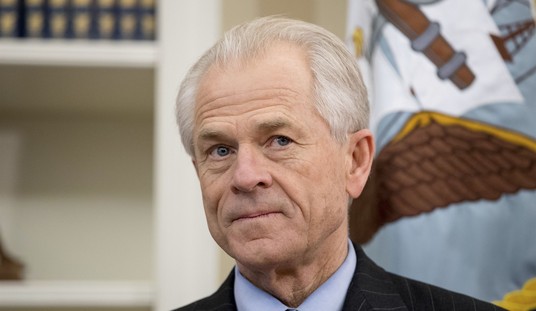

Join the conversation as a VIP Member